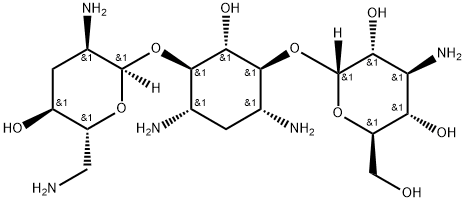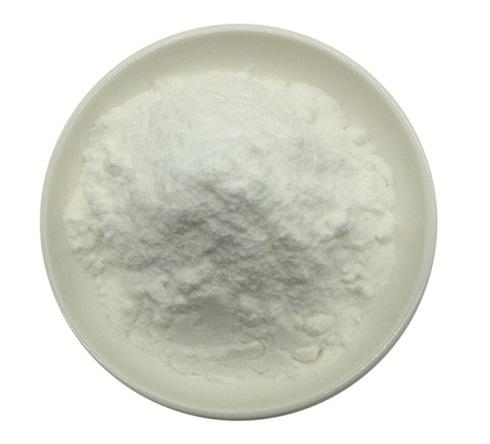Mechanism action of Tobramycin
Tobramycin, previously known as nebramycin factor 6, is an aminoglycoside aminocyclitol antibiotic, which is one of several compounds in an antibiotic complex (nebramycin) produced by Streptomyces tenebrarius. Tobramycin is used clinically as the sulphate salt and in a nebulizer solution in sodium chloride and without preservatives for inhalation. It is a similar drug to gentamicin, but its advantages include greater intrinsic activity against Pseudomonas aeruginosa, activity against some gentamicin-resistant P. aeruginosa strains, and lesser nephrotoxicity.
Mechanism of Drug Action
Tobramycin inhibits bacterial growth by inhibiting protein synthesis in a manner similar to gentamicin. Tobramycin-resistant nontypable H. influenzae strains isolated from lower respiratory tracts of patients with chronic respiratory tract infections have altered ribosomes which are less sensitive to the misreading of messenger RNA in the presence of tobramycin. P. aeruginosa in sites of chronic infection, such as the respiratory tract of cystic fibrosis patients, often forms a thick glycocalyx matrix or biofilm around them. This biofilm can prevent the accumulation of bactericidal concentrations of tobramycin at the target. As a result, tobramycin is often unable to eliminate P. aeruginosa from the bronchi of patients with cystic fibrosis. 700 Aminoglycosides However, subinhibitory tobramycin concentrations can suppress the production of exoenzymes by P. aeruginosa and offer protection from tissue damage . In addition, mucoid strains growing in the presence of sublethal concentrations of aminoglycosides do not produce alginate and thus may not colonize the epithelial surface.
Drug interactions
Tobramycin appears to be the most susceptible aminoglycoside to inactivation by high concentrations of the penicillins both in vitro and in vivo. Studies in patients with normal and mild to moderate renal impairment have similar or slightly faster tobramycin half-lives when administered concomitantly with piperacillin, carbenicillin, or ticarcillin. However, in a patient with severe renal impairment, the half-life of tobramycin decreased from 35 to 7 hours when treated with high doses of ticarcillin.
Side-effects
Local reactions may occur at the sites of i.m. injections, and thrombophlebitis may occur after i.v. administration. Urticaria, eosinophilia, or a maculopapular rash have been described, but are rare. Elevated serum glutamic-oxaloacetic transaminase levels have been noted in some patients, but other evidence of hepatotoxicity has not been reported. Psychosis and delirium in one 66-year-old woman was probably caused by tobramycin. Inhaled tobramycin can result in bronchospasm and wheezing during administration. Prolonged use has also been associated with increased colonization with Candida spp. and Aspergillus spp.; however, this does not result in any clinical deterioration. One patient delevoped a rash with i.v. gentamicin that resolved after discontinuation, but returned with the start of inhaled tobramcyin.
Lastest Price from Tobramycin manufacturers

US $0.00-0.00/KG2025-07-14
- CAS:
- 32986-56-4
- Min. Order:
- 1KG
- Purity:
- 900ug/mg,USP
- Supply Ability:
- 500kg/month

US $0.00/kg2025-04-23
- CAS:
- 32986-56-4
- Min. Order:
- 1kg
- Purity:
- 0.99
- Supply Ability:
- 1000kg

